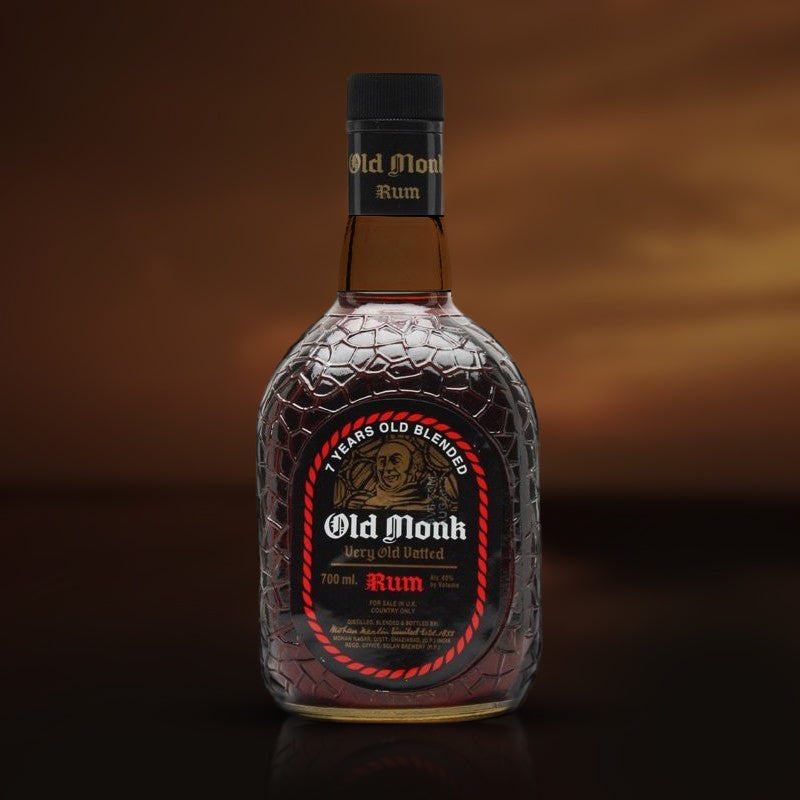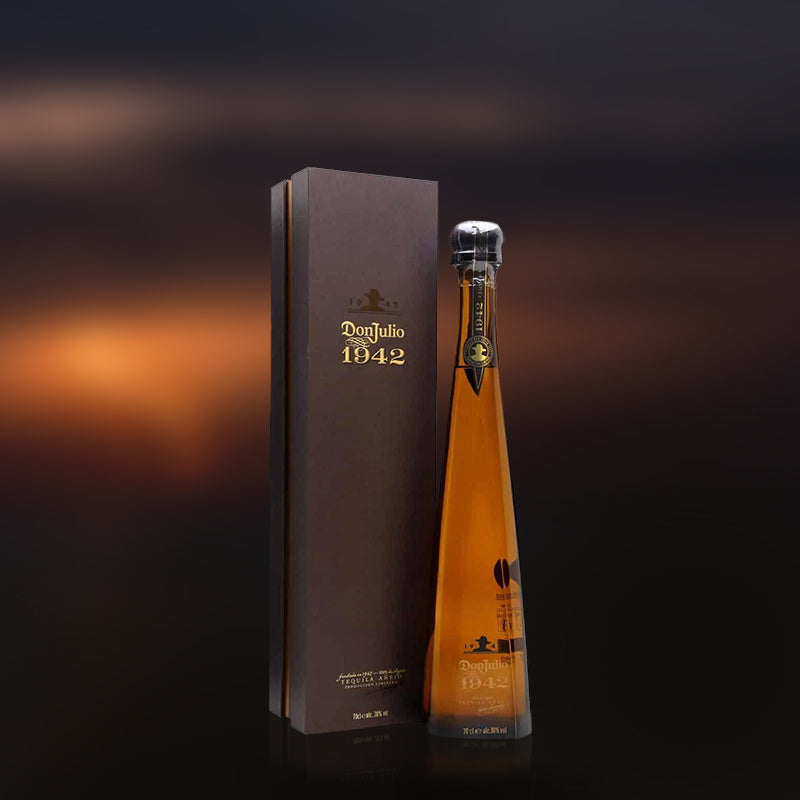-
Craftsmanship
Taketsuru returned to Japan in 1923 when he formed a company with Shinjiro Torii. They formed the Yamazaki Distillery in Osaka and established Suntory Whiskey. It was Japan's first memorable whiskies for commercial sale.
However, their partnership did not go long. As per Taketsuru, Hokkaido, the northern part of Japan was more reasonable for whisky production. Torii selected Yamazaki because it is close to important markets.
This divergence pushed Taketsuru to establish the Yoichi Distillery in Hokkaido in 1934 to introduce Nikka Whisky. Therefore, two giants of Japanese whisky – Nikka and Suntory – appeared and currently dominate about 90% of the market.
Suntory expanded by establishing the Chita Distillery in 1972 for grain whisky and the Hakushu Distillery in 1973 for single malts. Nikka extended its production with the Miyagikyo Distillery in 1969, with whiskies that feature a mountain taste.
-
Flavour Profiles
Japanese whisky comes in a variety of types and has numerous taste qualities. Some are subtle and sweet, like Irish whiskey, some are more potent and tingling like Islay whiskey.
There are many whiskies with a gentle fruity and floral flavour and a hint of sweetness. Some others are sweeter and stronger in taste with some taste of malt, oak and smoky especially the brand matured in the Mizunara oak barrels.
Many of these flavours are very much affected by the climate in Japan. Some bars are located in Hokkaido, while others are located in warmer areas of the country. This results in distinct maturation processes, which might influence the taste and smell of the whisky.
The water quality is also significant because the cleaner the water is, the better the drink will taste. Many of Japan's whiskies boast a soft, clean taste, which is credited to obtaining water from natural springs and filtering it through volcanic rock.
Talking about a singular ‘Japanese taste’ is particularly challenging since the variations are immense. In Japanese whisky you get everything from the heavily peated and smoky whisky to the gentle, sweet and subtle whisky.
To sum it up
The whisky maniacs and the new generation veterans will continue to take on the world of whisky and the stars will never fade from the Japanese expressions. Thus, the next time you toast with a glass of Japanese whisky, do not only appreciate the contents within that glass but also the history and progression of Japanese whisky that it represents.














